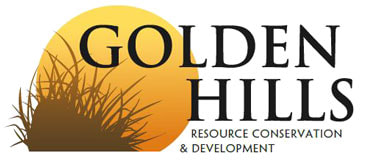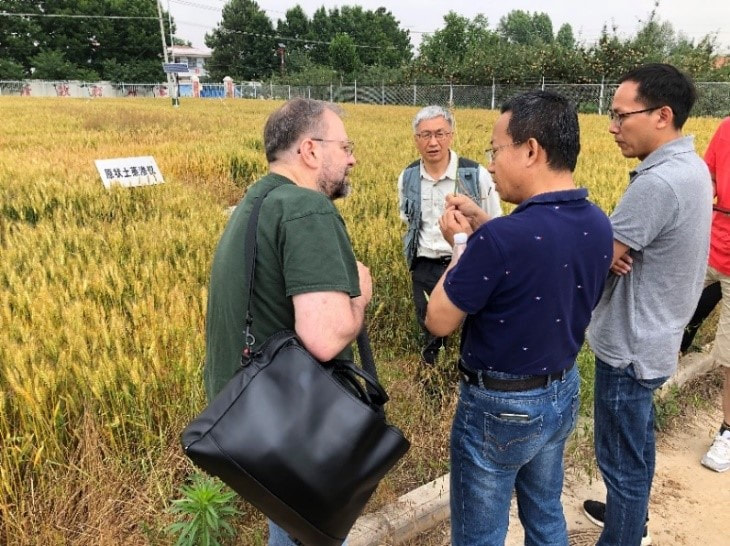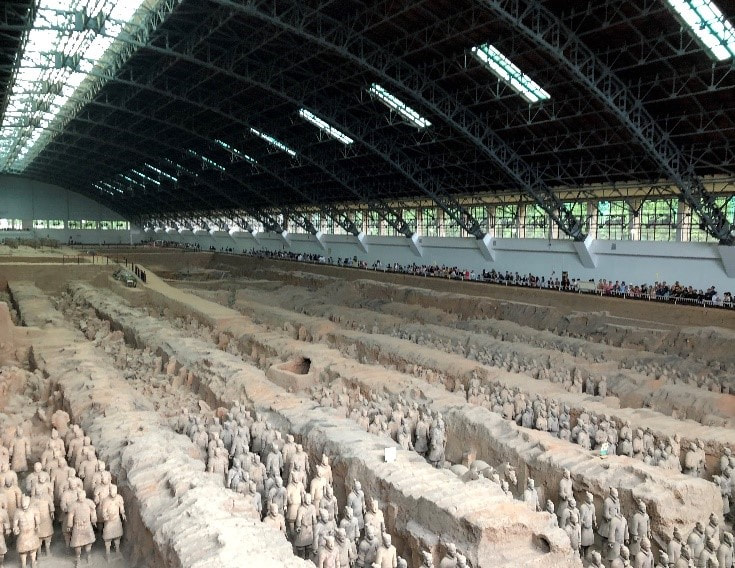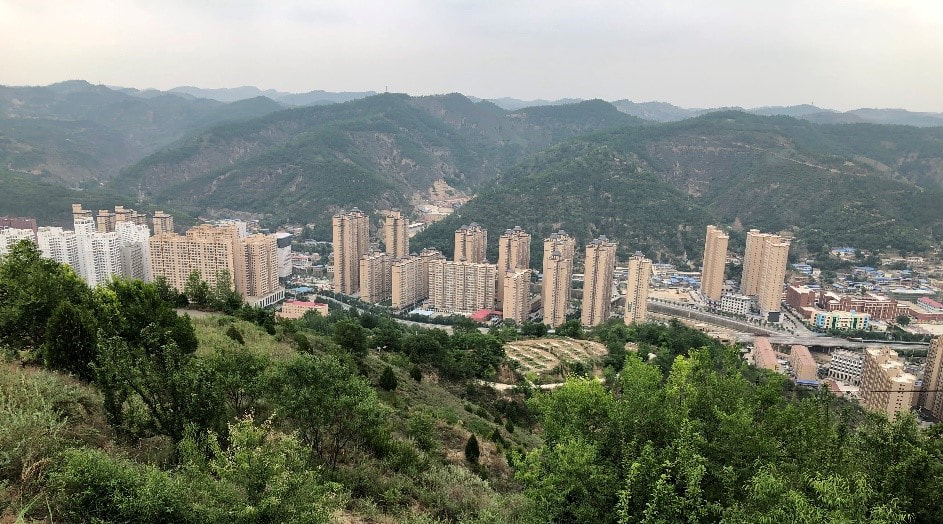|
By Bill Blackburn While U.S.-China relations have been tense recently when it comes to international trade, one area that has witnessed a new era of collaboration and cooperation between the two countries is the study of the Loess Hills. In June, a small gathering of U.S. and Chinese experts on loess soils and restoration met in Yangling, Shaanxi, China to share information on the Iowa Loess Hills and China Loess Plateau, their condition, value, restoration and protection, as well as the latest research on loess soils. Loess (pronounced as “luss,” “Lois,“ or “less”) is a yellowish deposit of wind-blown rock dust found in Germany, Argentina, New Zealand, U.S., China, and many other parts of the world. However, it forms hills of significant height (60-350 feet) only in two places: in the Yellow River region in and around Shaanxi province, China, and in the mini-mountains (bluffs) in the Midwest U.S. that parallel the Missouri River 220 miles from Mound City, MO to Westfield, IA. In Iowa, the beautiful sharp-cliffed hills can be seen along Interstate 29 through the western sides of Fremont, Mills, Pottawattamie, Harrison, Monroe, Woodbury, and Plymouth Counties. They were formed from glacier-ground rock powder brought down the Missouri River and blown into dunes by westerly winds. The Chinese “Loess Plateau,” which covers an area only slightly less than the entire state of Texas, is located several hundred miles southwest of Beijing. The loess there eroded from various mountain areas over millions of years, was collected in the Gobi and other deserts, and from there was blown into the plateau. Over the centuries, the Loess Plateau, had become massively eroded from overgrazing and deforestation, with the resulting erosion filling the Yellow River with deposits of so much loess that devastating flooding of croplands became common. A huge restoration project funded largely by the World Bank and others set out to partially restore the plateau over an area roughly the size of New Jersey. The June U.S.-China Exchange on Loess Landforms came about as a result of a lecture series on the Loess Plateau done in Western Iowa and Omaha in 2017 by John Liu, a Chinese-American documentary film-maker from Beijing, who had recorded the dramatic conditions of the Plateau before and after restoration. Acclaimed soil scientist Professor Robert Horton of Iowa State University worked with his long-time friend, senior Professor Baoyuan Liu (no relation to John) and Professor Fan Jun, both soil scientists at China’s Northwest University of Agriculture and Forestry, to have NWUAF sponsor the meeting. The Gilchrist Foundation, which co-sponsored John Liu’s 2017 lecture tour, also funded the participation of young professionals, Graham McGaffin, of the Nature Conservancy-Loess Hills, Sioux City, and Assistant Professor Bradley Miller of Iowa State. Also participating from the U.S. were Professor Michael Thompson of Iowa State, and Bill Blackburn of the Green Hollow Center in Fremont County. Presentation were also given via the internet by Professor Tom Bragg, plant specialist from the University of Nebraska-Omaha, and John Thomas, loess erosion expert from the Hungry Canyons erosion control program at Golden Hills RC&D in Oakland. Besides the one-day conference in Yangling, the U.S.-China delegation also visited NWUAF soils research stations in the Loess Plateau near Chang Wu and Ansai to review their latest research projects. The tour was capped off with a visit to the famous terra cotta warriors of the Qin Dynasty Emperor that were buried near Xian in the Plateau around 200 BC---warriors we were surprised to learn were made of loess soil glued together with rice water. The agenda and presentations offered at the Exchange and pictures from the tour of the Plateau can be seen on the Golden Hills RC&D website ( www.goldenhillsrcd.org/ucell.html). A follow-up meeting in Western Iowa is now being considered.
0 Comments
Leave a Reply. |
Archives
June 2024
Categories
All
|
Address712 South Highway Street
P.O. Box 189 Oakland, IA 51560 |
ContactPhone: 712-482-3029
General inquiries: [email protected] Visit our Staff Page for email addresses and office hours. |




 RSS Feed
RSS Feed